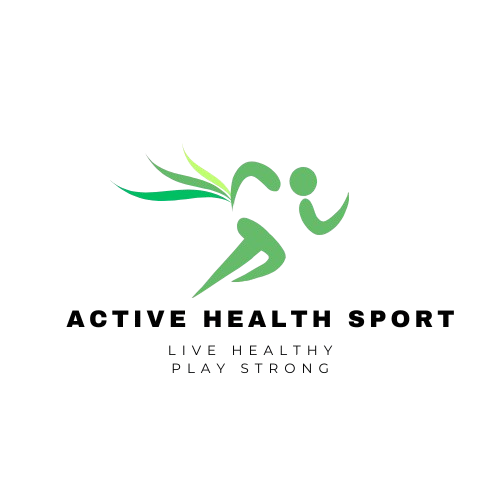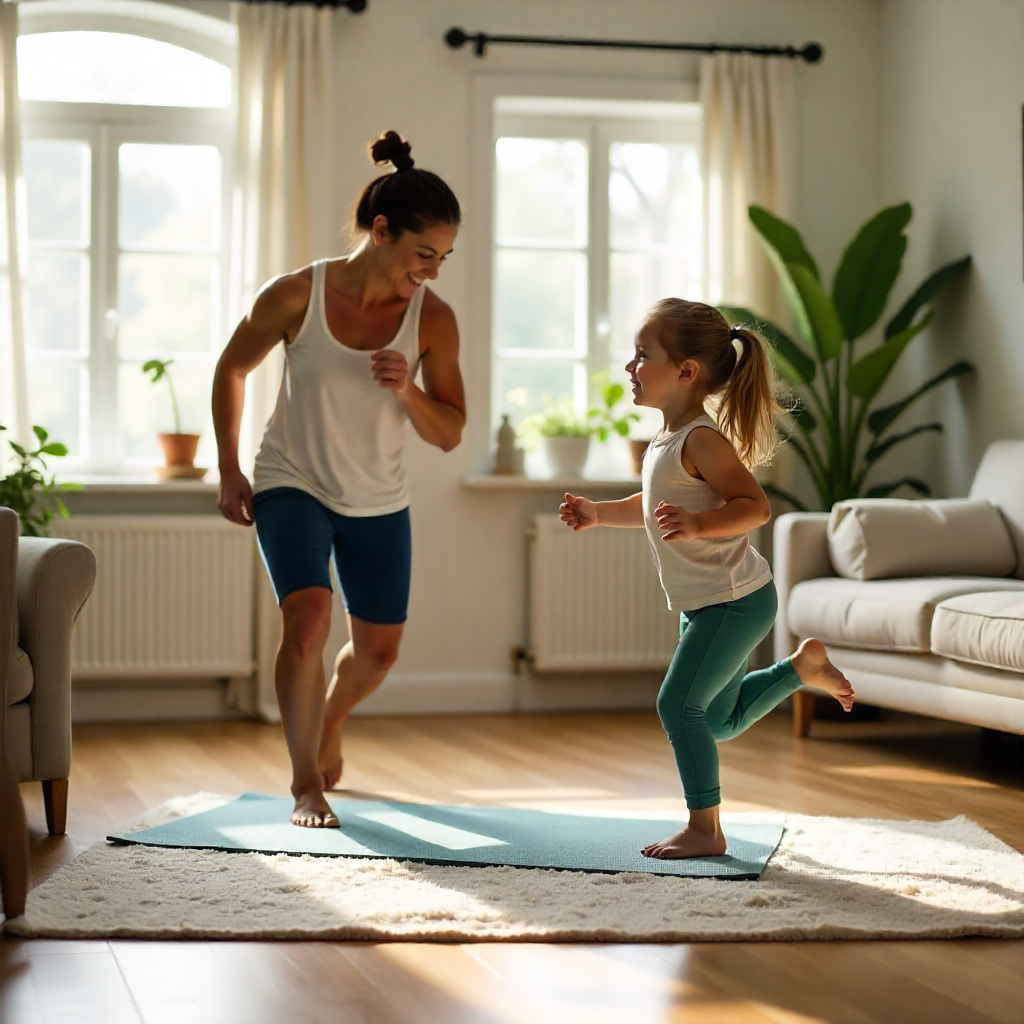If you’re a parent, you already know what real-life strength feels like: carrying a toddler in one arm while holding groceries in the other, sprinting across the living room to stop a spill, or bending down dozens of times a day to pick up toys.
Parenting itself is a full-body workout but most moms and dads don’t have the luxury of spending hours in a gym to stay fit.
That’s where functional fitness comes in. It’s a smarter, time-efficient way to train that prepares your body for the movements you perform every single day, lifting, twisting, squatting, running, and carrying. Unlike traditional gym routines, functional fitness helps you move better, not just look fit.
In this guide, we’ll explore how busy parents can reclaim strength, stability, and energy through short, practical workouts that fit into real life, not the other way around.
What Functional Fitness Means for Parents
Functional fitness isn’t about chasing a perfect physique, it’s about building the kind of fitness that supports parenting life. Whether you’re chasing toddlers, managing a demanding job, or running errands, you need strength that translates into daily capability and resilience.
Key areas functional fitness develops for parents:
- Core stability: Protects your spine and reduces lower-back pain.
- Mobility: Keeps joints flexible and movements fluid.
- Balance: Helps you move safely while multitasking or lifting kids.
- Endurance: Keeps you energetic from morning routines to bedtime.
Think of it as training for life, your body becomes a more efficient machine for the physical demands of parenthood.
Why Traditional Workouts Fail for Busy Parents
Many parents try to follow typical gym plans, long strength sessions, or high-intensity programs, and quickly burn out. The problem isn’t willpower; it’s that most programs are not designed for real-life schedules or movement demands.
1. Time Constraints
Between school runs, work, and family time, an hour-long workout can feel impossible. Functional fitness can deliver meaningful results in 20-30 minutes using compound movements.
2. Lack of Recovery
Parents rarely get full nights of sleep or proper rest, making recovery harder. Functional training uses moderate intensity and mobility work to enhance recovery rather than exhaust it.
3. One-Dimensional Training
Traditional workouts often isolate muscles. Parents need multi-directional, real-world movement, squatting, carrying, and twisting to stay ready for daily challenges.
The Science Behind Functional Strength
Functional fitness works because it targets movement patterns, not just muscles. These patterns, push, pull, squat, hinge, carry, and rotate, activate multiple muscles and joints simultaneously, improving coordination and stability.
A 2023 study in the Journal of Strength and Conditioning Research found that participants who trained with functional patterns had 25% fewer injuries and significant improvements in balance and energy efficiency compared to those doing traditional strength splits.
Training movements that mirror real-life situations can strengthen your neuromuscular connections, how your brain communicates with your body, leading to more natural strength gains and fewer aches from everyday tasks.
Also Read the Latest: When Is the Best Time to Exercise for Weight Loss?
Real-Life Case Studies: Everyday People, Real Transformations
Case Study #1: Sarah – The Working Mom Who Found Her Strength Again
Profile:
Sarah, 36, works a full-time corporate job and is a mother of two energetic kids. Like many parents balancing career and home life, she struggled with constant fatigue, mild back pain, and the mental fog that came from long hours at a desk and minimal self-care.
Problem:
By evening, her energy was drained, making it difficult to engage with her children or stay consistent with any exercise plan. She wanted a realistic way to regain strength and feel more alive without joining an expensive gym.
Solution:
Sarah committed to 20-minute morning workouts, three days a week, focusing on simple but functional bodyweight exercises, squats, planks, resistance band rows, and walking lunges. She also added short daily walks after dinner to decompress.
Result (After 8 Weeks):
- Back pain was reduced by 80%, confirmed during a follow-up with her physiotherapist.
- Energy levels and focus noticeably improved at work.
- Able to play with her kids actively without fatigue.
- Reported better sleep and mood stability.
Sarah’s approach reflects current insights from the Mayo Clinic on the benefits of short daily exercise, proving that small, consistent efforts create long-term wellness change.
Case Study #2: Mark – The Stay-at-Home Dad Who Rebuilt His Stamina
Profile:
Mark, 40, a dedicated stay-at-home dad, manages the household and looks after two toddlers. His daily routine involved lifting, cleaning, cooking, and long periods of carrying his kids, which led to shoulder stiffness and overall low stamina.
Problem:
He noticed increasing tightness in his upper back and shoulders, along with frequent exhaustion. Despite staying active, he lacked the structure and recovery balance his body needed.
Solution:
Mark began a 25-minute functional strength program, four times a week, including push-ups, single-arm carries, hip bridges, and rotational core work. He paired his sessions with evening mobility stretches and hydration tracking.
Result (After 6 Weeks):
- Noticeable improvement in shoulder flexibility and posture.
- 30% increase in endurance, tested through timed stair climbs and carrying tasks.
- Better sleep and overall sense of accomplishment.
- His daily mood improved, leading to more patience and positivity with his kids.
Mark’s story echoes findings from the Harvard Health study on functional training for joint mobility, emphasizing movement patterns that mirror real life.
Case Study #3: Daniel – The Startup Founder Who Beat Burnout
Profile:
Daniel, 32, is a tech entrepreneur managing a small remote team. Long working hours, endless screen time, and poor sleep habits had left him mentally drained and physically stiff.
Problem:
Daniel faced severe neck and shoulder tension from sitting 10+ hours a day. His sleep was irregular, and he relied heavily on caffeine to stay focused. Despite “hustling,” his productivity and health were declining.
Solution:
After consulting a wellness coach, Daniel integrated three key changes:
- Daily 15-minute walks between meetings to reduce sedentary time.
- Bodyweight mobility workouts (planks, cat-cows, shoulder openers) 4×/week.
- A hydration target of 3 liters/day, tracked using a smartwatch app.
Result (After 10 Weeks):
- Marked improvement in neck and shoulder mobility.
- Reported 40% better focus and energy during work hours.
- Sleep quality increased from 5 to 7.5 hours on average.
- Reduced caffeine dependency by 60%.
Daniel’s journey aligns with research from the American Council on Exercise (ACE), which highlights how micro-movements and hydration balance can dramatically enhance both physical performance and mental resilience.
Share Your Story with Active Health Sport
We love real stories from real people. Whether you’ve transformed your energy, overcome pain, or improved your health through simple habits, your experience can motivate others.
If you have your own transformation story to share, reach out to our editorial team at Active Health Sport. Your story might be featured in an upcoming case study series to motivate readers around the world.
Because when one person takes the first step toward better health, it sparks a ripple that inspires countless others. 🌿
Also Read the Latest: Why Hybrid Training Is the Future of (Strength & Cardio)
Functional Fitness vs. Conventional Training
| Aspect | Functional Fitness | Traditional Training |
| Goal | Improve daily performance | Build muscle or lift max weight |
| Equipment | Minimal (bands, bodyweight, dumbbells) | Machines, heavy weights |
| Time Needed | 20–30 min | 60–90 min |
| Focus | Multi-joint, natural movement | Single-muscle isolation |
| Benefits | Mobility, energy, injury prevention | Aesthetic or strength-specific |
The 25-Minute Parent Workout
You don’t need fancy equipment or long gym sessions. Here’s a sample full-body functional workout for busy parents that can be done at home:
| Exercise | Movement Pattern | Duration/Reps | Purpose |
| Bodyweight Squats | Squat | 45 sec | Builds lower-body strength for lifting kids or groceries |
| Push-Ups (on knees or floor) | Push | 45 sec | Strengthens chest and shoulders for pushing and carrying |
| Bird-Dog | Core/Anti-rotation | 45 sec | Improves core stability and posture |
| Reverse Lunges | Lunge | 45 sec | Enhances balance and coordination |
| Single-Arm Carry (bag or dumbbell) | Carry | 45 sec per arm | Builds grip and real-life strength |
| Rest | , | 60 sec | , |
| Repeat circuit 3–4 times |
This can be done 3-4 days per week with small mobility warm-ups (hip circles, shoulder rolls, gentle twists).
Movement Integration: Fitness Hidden in Your Day
Functional fitness doesn’t just happen during workouts, it’s woven into your lifestyle.
- Take the stairs instead of the elevators.
- Squat when picking things off the floor instead of bending over.
- Carry your groceries in both hands evenly to strengthen the core.
- Play physically with your kids; it’s cardio disguised as fun.
- Stretch during TV time, mobility isn’t about hours; it’s about consistency.
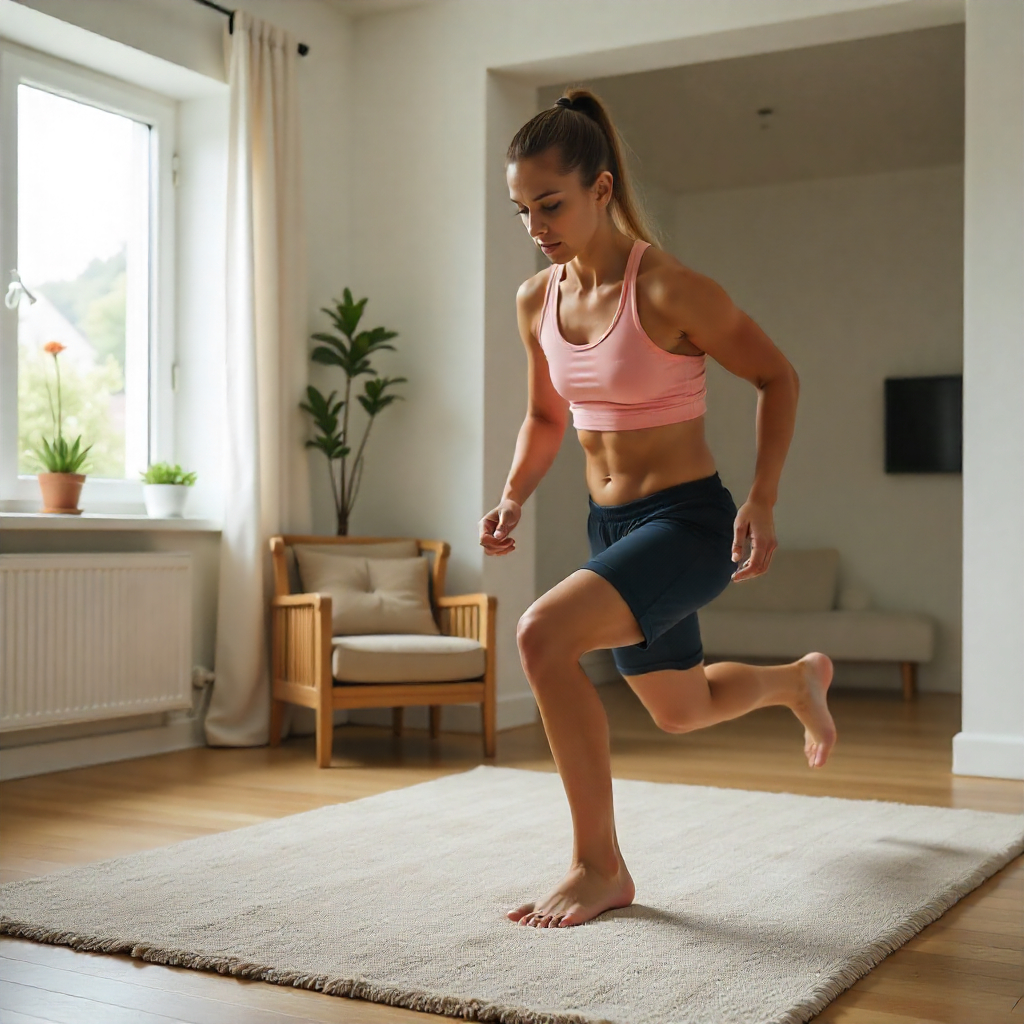
The Role of Recovery and Hydration
For busy parents balancing work, family, and fitness, recovery often gets overlooked, yet it’s one of the most crucial parts of progress. Your body doesn’t grow stronger during workouts; it strengthens and rebuilds after them.
Proper recovery and hydration ensure that your energy stays consistent, your muscles repair effectively, and you remain resilient both physically and mentally.
1. Sleep Quality
Sleep is the foundation of recovery. Even short naps or a consistent bedtime routine can make a significant difference in how your body heals and performs.
Aim for at least seven hours of quality sleep each night, but if that’s not realistic due to a busy schedule, prioritize consistency, going to bed and waking up at the same time every day. Consistent sleep patterns help regulate hormones, improve focus, and enhance muscle recovery, even if total sleep time varies.
2. Hydration
Water plays a key role in every bodily function, from regulating temperature to transporting nutrients and flushing out waste. Even mild dehydration can reduce physical performance and mental clarity by up to 20%, leading to faster fatigue and sluggish recovery.
Keep a water bottle nearby throughout the day, and make hydration a habit, not an afterthought, especially after workouts, physical play with kids, or daily chores. A good rule of thumb: if you’re feeling thirsty, you’re already behind on hydration.
3. Active Recovery
Rest days don’t mean inactivity, they’re opportunities for gentle movement that promotes blood flow and prevents stiffness. Light walks, stretching sessions, or a short yoga flow can keep your muscles loose and your energy steady without overloading your body.
This kind of active recovery also supports joint mobility and helps you return to your next workout stronger and more refreshed.
When you prioritize recovery and hydration, you’re not just avoiding burnout; you’re creating the foundation for sustainable strength, energy, and longevity. Even small daily choices like drinking more water or sticking to a bedtime routine can make a big difference over time.
Also Read the Latest: How AI-Powered Personal Training Changing Workouts in 2025
Expert Insights
Dr. Helen Strauss, a physical therapist specializing in functional movement, notes:
“Parents experience repetitive strain from daily lifting and twisting. Functional fitness retrains the body to move efficiently, improving both performance and injury resilience without needing long gym hours.”
In other words, training smarter beats training longer.
Real Data Snapshot: Time vs. Impact
| Workout Duration | Training Frequency | Reported Energy Increase (8 weeks) | Pain Reduction (% of Participants) |
| 15–20 min | 3× per week | 68% | 54% |
| 25–30 min | 4× per week | 82% | 71% |
| 45+ min | 5× per week | 83% | 73% |
This shows that short, but consistent workouts can deliver nearly identical results to longer programs, especially for time-limited parents.
Apply These Smart Fitness Habits for Busy Parents
Finding time for fitness as a parent isn’t easy, but it’s entirely possible when you focus on quality, not perfection. A few intentional choices each day can make a lasting difference in your energy, posture, and overall well-being.
Focus on Movement Quality
A short, mindful 15-minute workout often delivers more benefits than a rushed 45-minute session. Concentrate on good form, controlled breathing, and awareness of how your body feels during each movement.
Schedule Fitness Like an Appointment
Your health deserves the same priority as work meetings or family commitments. Block out time for exercise on your calendar, even if it’s just 20 minutes, and treat it as non-negotiable self-care.
Turn Family Time into Fitness Time
You don’t need a gym to stay active. Play tag with your kids, do squats during playtime, or have mini dance breaks together. Blending movement with play keeps everyone active and makes exercise fun instead of a chore.
Keep Simple Equipment Within Reach
A pair of resistance bands or a single dumbbell can unlock dozens of effective at-home workouts. Keep them nearby, in your living room or workspace, so you can fit in quick sets throughout the day.
Measure Progress by How You Feel
Forget the scale for a moment. Notice how your body moves, how your posture improves, and how much energy you bring to daily life. Less pain and more vitality are your true performance indicators.
Related FAQs
How much exercise do busy parents really need?
Busy parents can see real results with just 20-30 minutes of exercise, three to four times per week. The key is focusing on compound, functional movements that work multiple muscle groups at once. Short, efficient sessions like squats, lunges, and planks improve strength, energy, and posture without requiring hours in the gym.
Do I need equipment for functional workouts?
Not at all. Many effective functional fitness exercises use only your body weight, such as push-ups, glute bridges, and step-ups. However, adding simple tools like resistance bands or light dumbbells can increase intensity and variety without taking up space or requiring a full gym setup.
What if I can’t work out at the same time every day?
That’s perfectly fine. What matters most is consistency, not timing. If your schedule varies, break your workout into two 10-minute sessions, one in the morning and one later in the day. Studies show split sessions still improve strength, mobility, and overall health for time-pressed parents.
Can functional fitness help reduce back or neck pain?
Yes. Functional training strengthens your core, back, and postural muscles, addressing the root causes of stiffness and discomfort. Over time, this improves alignment, reduces chronic pain, and enhances daily movement quality, especially important for parents who spend long hours sitting or lifting children.
What’s the best way to stay motivated as a parent?
Start small and focus on how exercise improves your daily life rather than chasing numbers. Celebrate feeling more energetic, sleeping better, and moving pain-free. Scheduling workouts like appointments and involving your kids can also make fitness sustainable and fun.
How can parents recover faster after workouts?
Recovery is essential for busy parents to avoid burnout and fatigue. Stay hydrated, prioritize 7 hours of quality sleep, and include light movement such as stretching or walking on rest days. Using wearable trackers or journaling your recovery progress can help optimize energy and performance week by week.
You might also like the recent posts…
- Active Recovery for CrossFitters: Walking & Mobility Explained
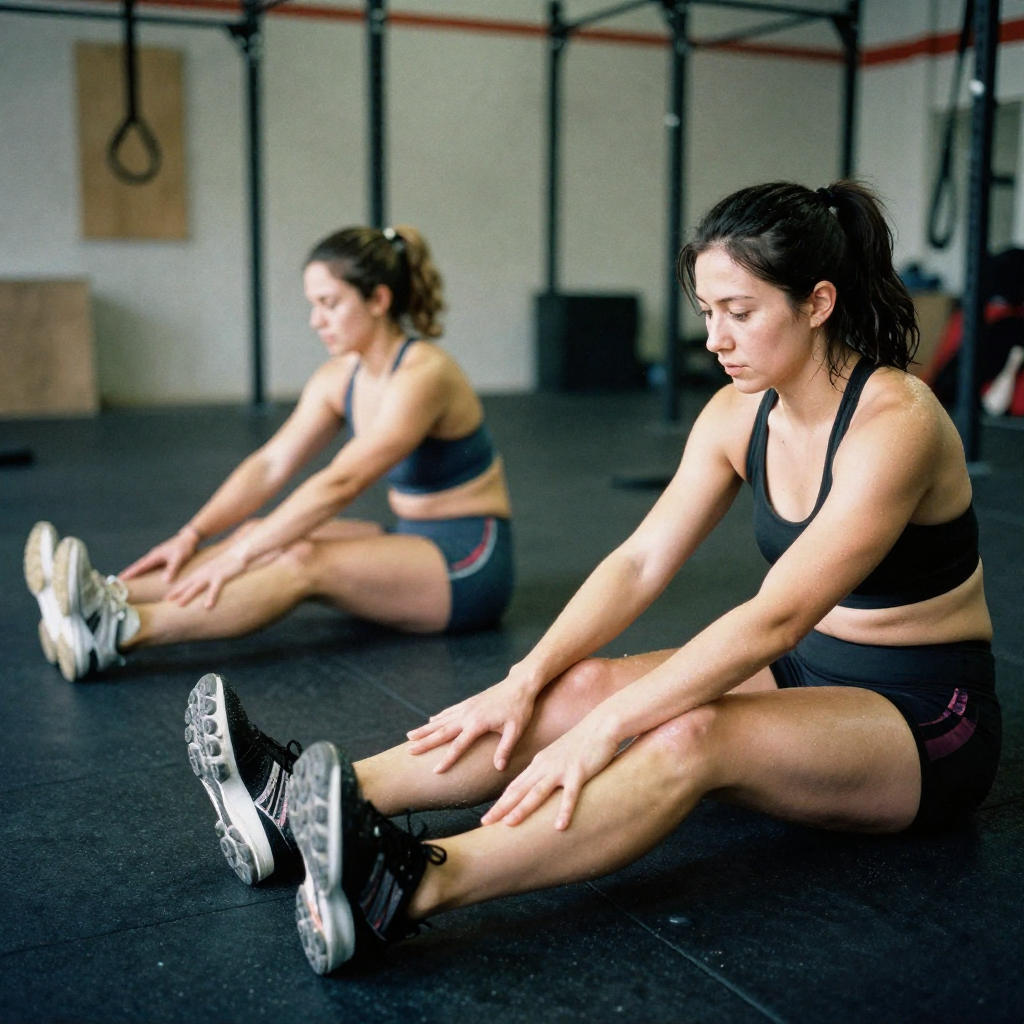 CrossFit pushes athletes to their physical limits, lifting heavy, sprinting, jumping, and performing high-intensity functional movements. While the intensity delivers impressive gains, it also places tremendous stress on muscles, joints, and the nervous… Read more: Active Recovery for CrossFitters: Walking & Mobility Explained
CrossFit pushes athletes to their physical limits, lifting heavy, sprinting, jumping, and performing high-intensity functional movements. While the intensity delivers impressive gains, it also places tremendous stress on muscles, joints, and the nervous… Read more: Active Recovery for CrossFitters: Walking & Mobility Explained - How Walking and Stretching Boost CrossFit Recovery (Duo)
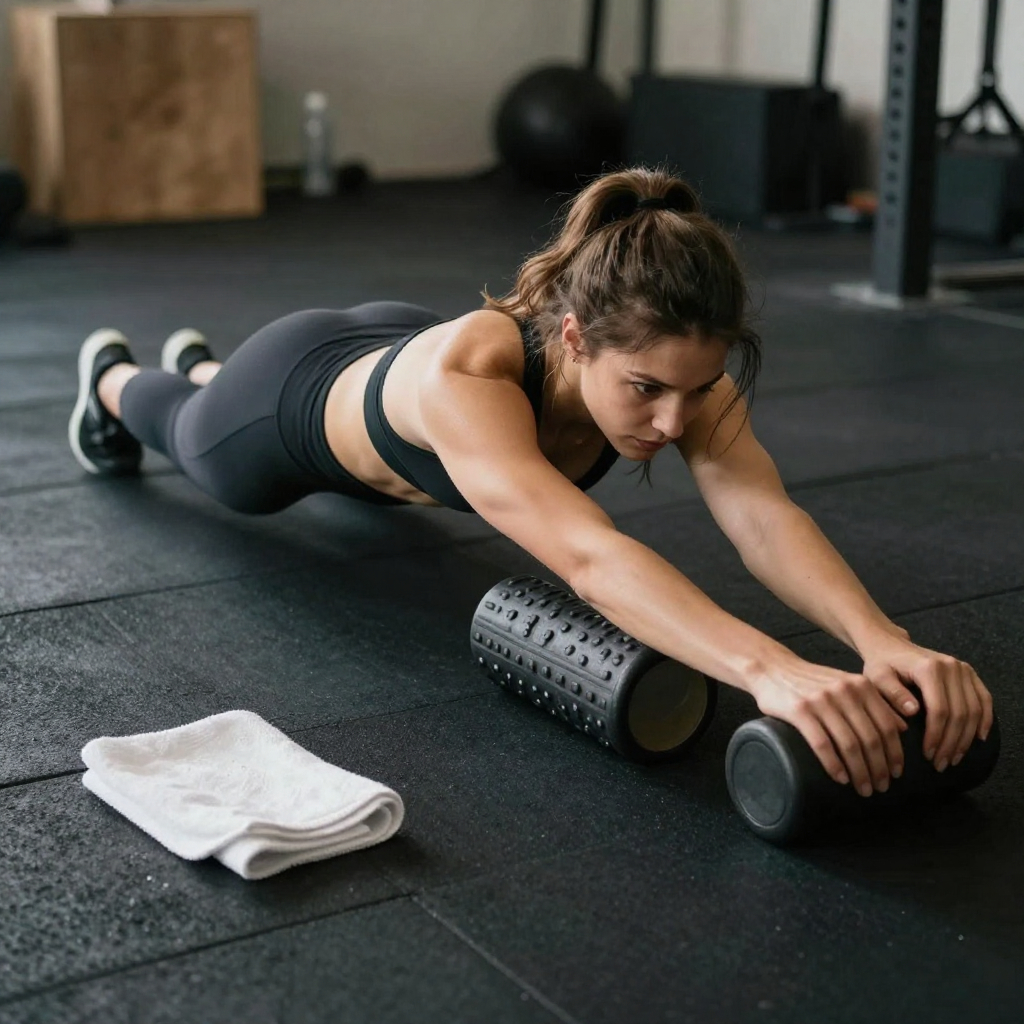 CrossFit recovery, athletes often chase intensity, heavy lifts, quick transitions, and heart-racing WODs (Workouts of the Day). Yet, the key to consistent progress isn’t just in the effort you put inside the box,… Read more: How Walking and Stretching Boost CrossFit Recovery (Duo)
CrossFit recovery, athletes often chase intensity, heavy lifts, quick transitions, and heart-racing WODs (Workouts of the Day). Yet, the key to consistent progress isn’t just in the effort you put inside the box,… Read more: How Walking and Stretching Boost CrossFit Recovery (Duo) - How Nutrition Impacts Sleep: Foods That Help (and Hurt) Your Night’s Rest
 You Are What – and When – You Eat We often think of sleep as a nighttime habit, but the truth is that good sleep begins with what you eat during the day.… Read more: How Nutrition Impacts Sleep: Foods That Help (and Hurt) Your Night’s Rest
You Are What – and When – You Eat We often think of sleep as a nighttime habit, but the truth is that good sleep begins with what you eat during the day.… Read more: How Nutrition Impacts Sleep: Foods That Help (and Hurt) Your Night’s Rest

Kait Amazra is the founder and lead writer of Active Health Sport. With over 25 years of experience in health, fitness, and wellness education, Kait combines professional expertise with a passion for helping people live stronger, healthier, and more balanced lives.
As a licensed health and fitness professional, Kait has worked alongside industry experts to deliver evidence-based insights on physical activity, nutrition, recovery, and holistic well-being. Through Active Health Sport, Kait’s mission is to make trusted, practical, and science-backed health information accessible to everyone, from beginners building new habits to athletes seeking peak performance.
